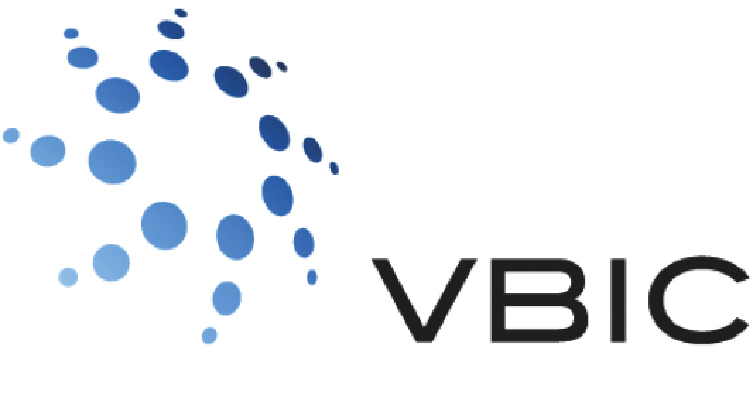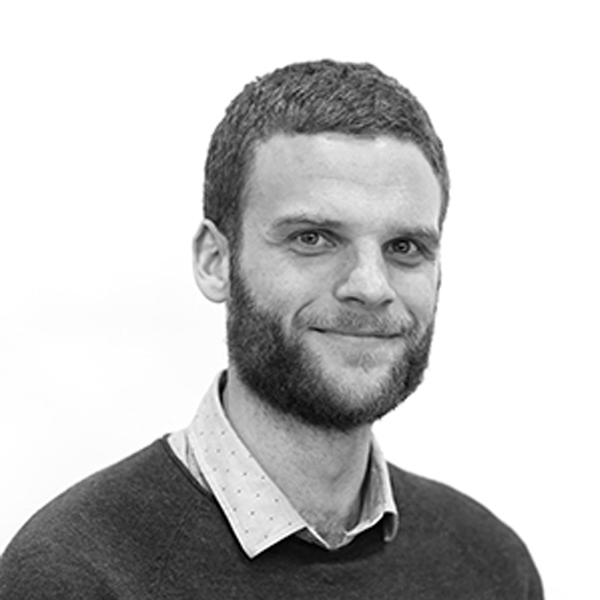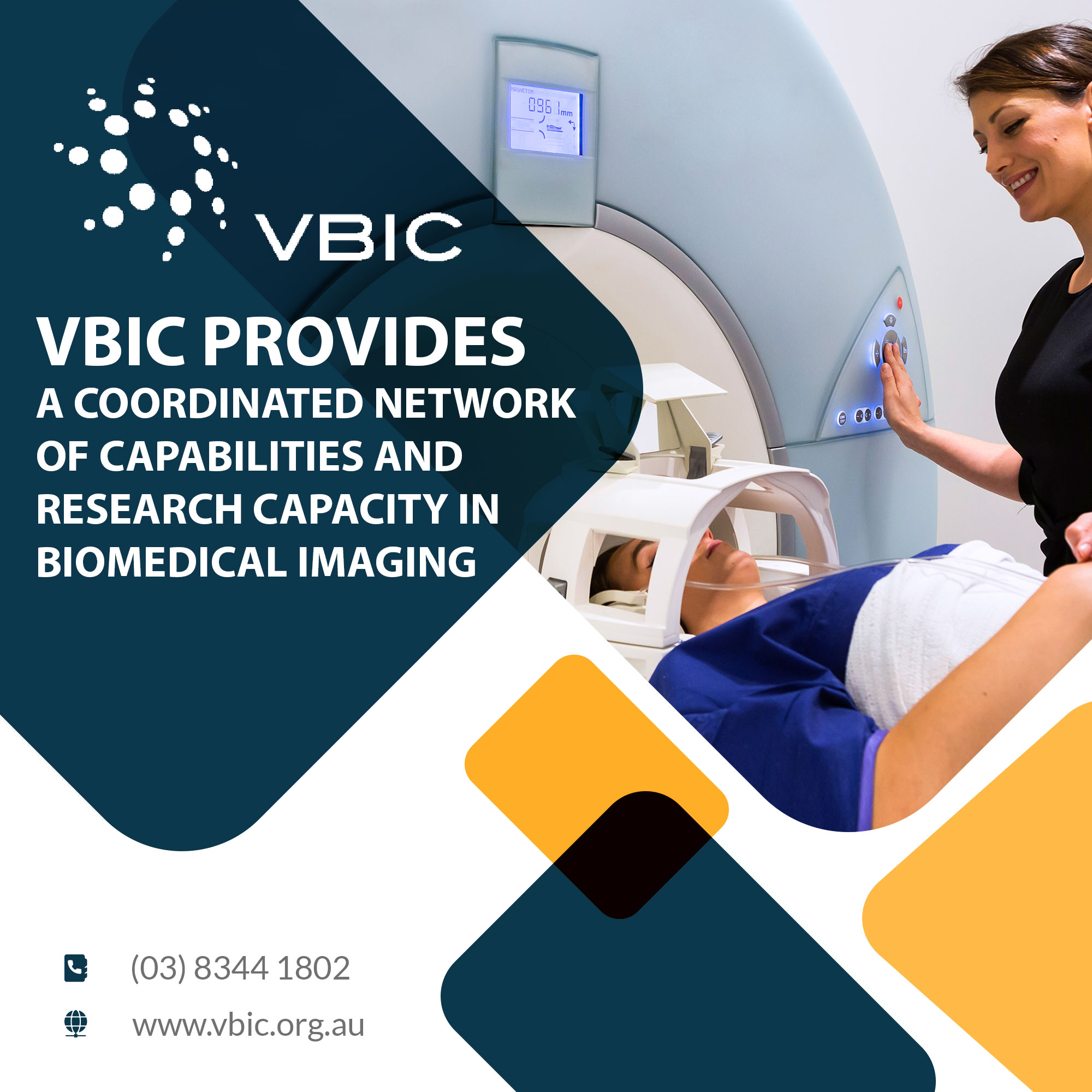Dr Pedersen is focused on understanding the function of large-scale brain networks, or connectomics, in health and disease.
Mangor, briefly tell us about your research.
My current research is focused on understanding the function of large-scale brain networks, or connectomics, in health and disease. At the moment, I am very interested in generating and validating complex network models as markers of brain dysfunction in people with epilepsy, particularly focal epilepsy.
Who are your research colleagues?
My research colleagues mainly consist of our large research group located at the Florey Institute of Neuroscience and Mental Health, Austin Campus, Melbourne. However, we also have national and international collaborators with expertise in brain imaging and brain network modelling. Working in specialised and dynamic teams has enhanced our understanding of (normal and abnormal) brain function. This is also an important step towards the future of medical sciences including ‘big data’ analysis with an emphasis on reproducibility.
What imaging equipment are you using?
I predominantly use functional MRI (fMRI) in my research. More specifically, I use task-free fMRI data. During a task-free fMRI scan, the person inside the scanner is instructed to lie still and and not perform a specific cognitive task. This is currently the most commonly used fMRI method to model brain network function in humans. Other imaging equipment we use is electroencephalogram (EEG). We are in fact combining information from EEG and fMRI in people with refractory epilepsy to elucidate changes in functional brain activity (fMRI) that occur at the same time as epileptic activity is seen on EEG recordings.
How did you find accessing and using the equipment?
The MRI systems we have at the Florey Institute of Neuroscience and Mental Health are easy to access and use. Our team ensure that our data is optimised for research purposes. This includes several steps of data handling from acquiring the MRI data to pre-processing and analysing the brain imaging results.
Did you work across sites? If so, how did you find accessing the equipment across sites?
I am predominantly based at the Austin Campus, Heidelberg, Melbourne, so I hardly access my work across sites.
Thank you very much for your time, Mangor.




0 Comments